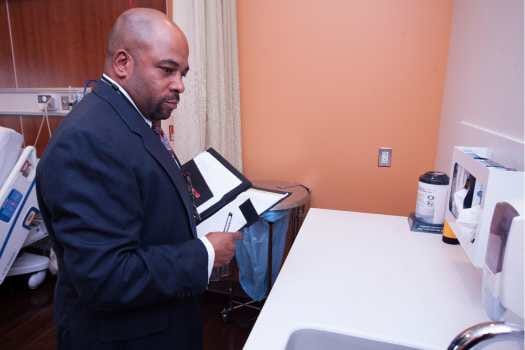Throughput and Technology
As healthcare organizations push for higher productivity with improved patient outcomes, healthcare leaders look towards analytics, technology and innovative systems as tools to support their path to success. Traditionally, innovations were limited to the world of medical devices and procedures; more recently health administrators have invested heavily in the promise of a well-integrated IT infrastructure and going forward it appears as though healthcare analytics will be front and center for decision-makers. But for all of the excitement around the next innovation or the newest technology or the most appropriate percentile ranking, it is the effectiveness of management and the engagement of those workers utilizing these innovations that will determine whether an initiative is a success or a failure.
Patient throughput represents an excellent example of the critical combination of people and innovation; and as an environmental services specialist, Xanitos’ teams manage a significant step in the throughput process. From the perspective of an EVS department, the daily management of the bed board can be a maddening and stressful existence as over 50% of the dirty beds each day may come to EVS’ attention in a 4 to 6 hour period. Through the use of historical data and our proprietary bed throughput staffing model, Xanitos has learned that to tackle throughput isn’t always about more resources but about the appropriate allocation by time of day and a shift away from matching bed turn staff with traditional shift start times. This throughput staffing model has resulted in 10% improvement in dirty-to-clean times with reductions in dedicated bed turn staffing a multiple facilities across the country.
While the root cause of bed batching varies from facility to facility, it is EVS’ responsibility to effectively manage the “dirty” to “clean” time of inpatient rooms. Xanitos’ XRO System, proactive management and proprietary bed throughput staffing model allow our clients the time and resources to focus on other stages of the throughput process.






